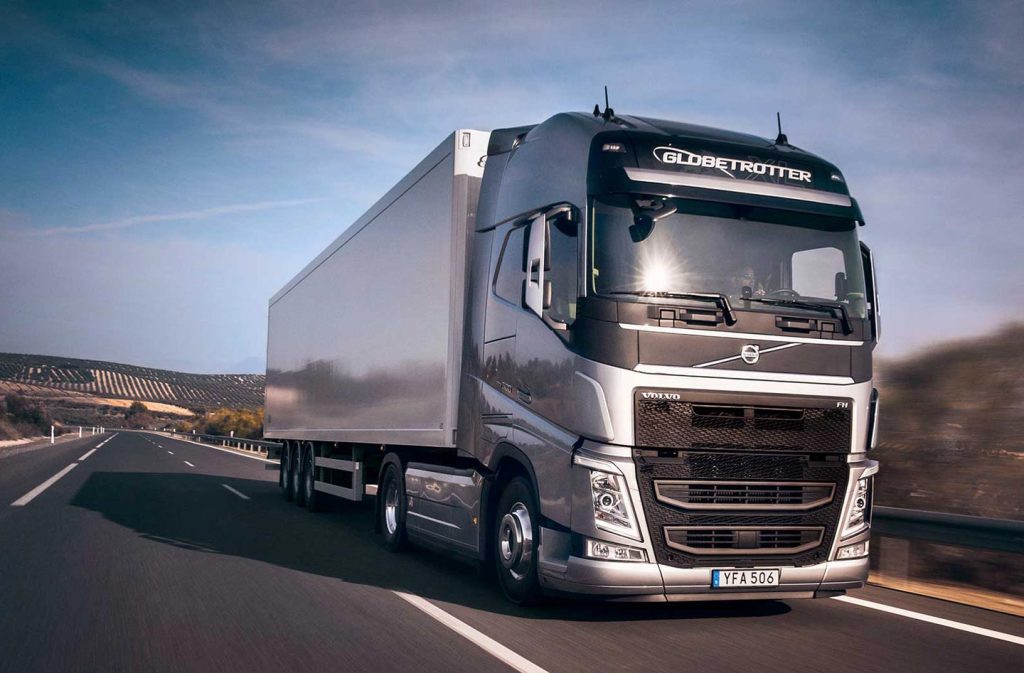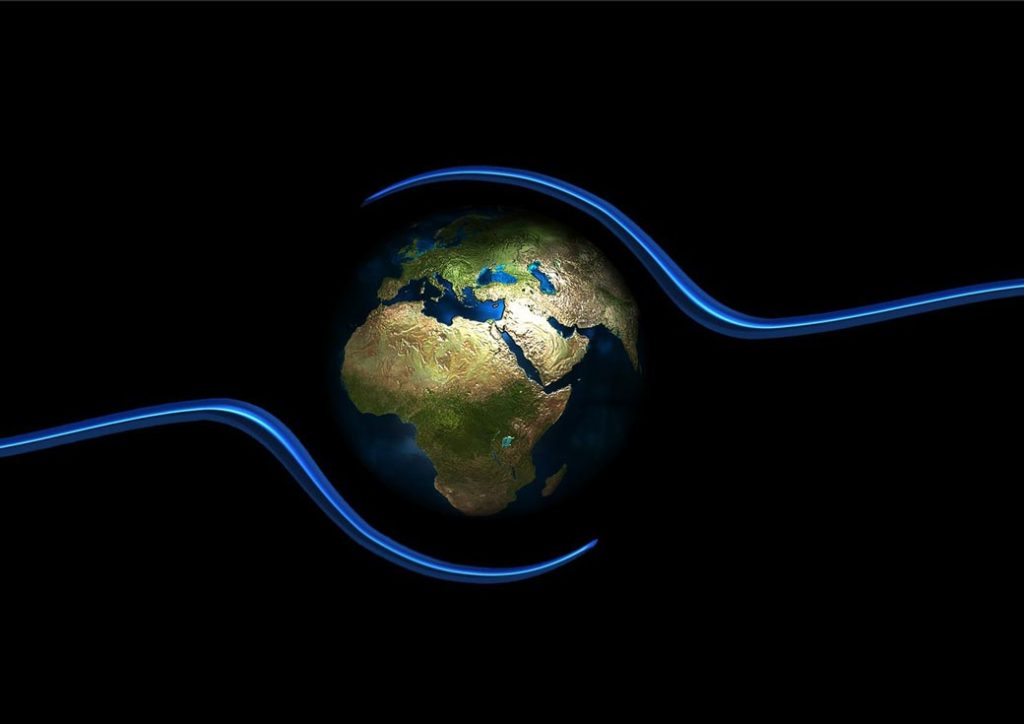
Internationalization support for Arabic & Hebrew to Truveon
Truveon offers home energy management systems for monitoring and control of energy consumption. It also provides utility companies with intelligent programs that permanently lower peak energy use without compromising homeowner comfort. Truveon was looking at entering markets in the Middle East and wanted to see what adaptations needed to be done in the products interface.
I developed a basic guideline for the company on what to think of if wanting to localize the systems to Arabic and the Arab world, and we also discussed Hebrew. Both languages are bi-directional, which make them technically very complex for the developers. To be able to do the necessary localization, there must be a foundation in the technical platforms (the original designs) to be able to then localize it. This is what internationalization is, and I advised the developers on what to think of for the original designs so there would be no limitations later on during the localization process.

Project in collaboration with
Truveon, North Carolina, USA



Internationalization support for Arabic, Farsi & Hebrew to Volvo Trucks
Volvo Trucks is a world-leading truck manufacturer, with its’ global headquarter in Gothenburg, Sweden. They provide total transport solutions in the medium to heavy-duty segment and aim to shape the future landscape of sustainable transports. Volvo Trucks operates all over the world with customer support in over 130 countries, among them countries in the Arab world and the Middle East. The company was looking at designing and adapting the interior of the trucks to work in Arabic, Farsi and Hebrew.
I developed a basic design guide and thereafter an in-depth guide focusing on UI developing and translating for bi-directional languages. This was mainly for Arabic and the Arab world, but also included Hebrew and Farsi. As mentioned earlier, bi-directional languages are technically very complex, which means that developers & UI designers cannot be limited by constrains in the basic design. I supported the developers by advice on the original design so that they could then move on with localizing it properly.
Project in collaboration with
Volvo Trucks, Gothenburg


Internationalization support at Sony Ericsson Mobile Communications
Sony Ericsson Mobile Communications was a multinational telecommunications company founded in 2001, as a joint venture between the Sony Group Corporation and Ericsson. It headquartered in London, England, until Sony acquired Ericsson’s shares. In 2021, Sony integrated its electronics businesses including Sony Mobile into one company, which is the current Sony Corporation. Sony Ericsson Mobile Communications had research and development facilities in Lund, Sweden; Beijing, China; Tokyo, Japan and San Francisco, United States.
I worked at and with the R & D hub in Lund. At that time, the Sony Ericsson phones were translated into more than 70 languages using 17 different scripts. It was of the utmost importance that the developers had support on what to think of when doing the original designs, so the localization could go smoothly. For the bi-directional languages the UI-mirroring was another major task to take into consideration – any app, UI etc. should technically be able to mirror. As a member of the Localization Team, I served and supported all of the Research & Development departments.

Project in collaboration with
Sony Ericsson Mobile Communications
